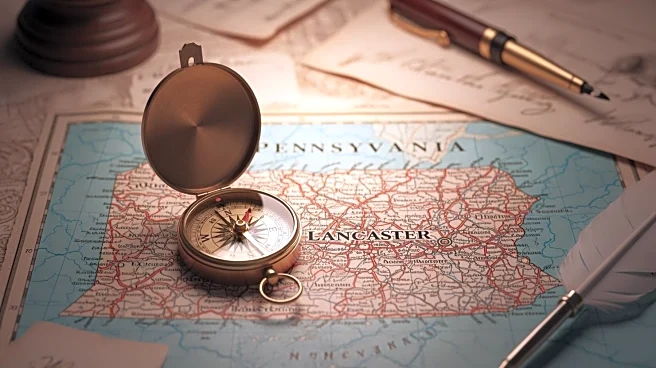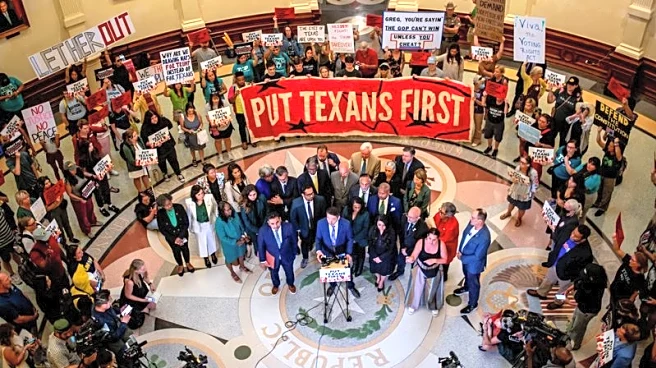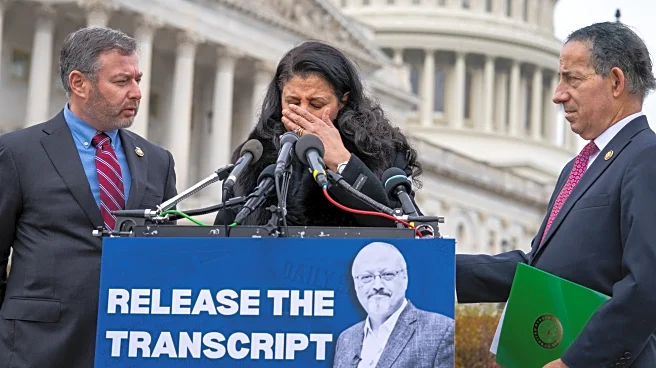Martinsburg, located in Berkeley County, West Virginia, is a city with a rich history dating back to its founding in 1778. Named in honor of Colonel Thomas Bryan Martin, the city has grown to become the largest in the Eastern Panhandle of West Virginia, with a population of 18,773 as of the 2020 census. It serves as a principal city in the Hagerstown–Martinsburg metropolitan area, which extends into Maryland and had 293,844 residents in 2020. Martinsburg's
historical significance is highlighted by its role in the American Revolutionary War and its development as a key railroad hub.
First Peoples & First Mentions
Martinsburg was established by an act of the Virginia General Assembly in December 1778 during the American Revolutionary War. The city was named by its founder, Major General Adam Stephen, in honor of Colonel Thomas Bryan Martin, a nephew of Thomas Fairfax, 6th Lord Fairfax of Cameron. Aspen Hall, a Georgian mansion built in part in 1745, is the oldest house in the city and played a significant role in the region's history.
Explorers, Missions & Colonial Outposts
The first United States post office in what is now West Virginia was established in Martinsburg in 1792. The Baltimore and Ohio Railroad reached Martinsburg in 1842, and the Baltimore and Ohio Railroad Martinsburg Shops were constructed in 1849. These developments positioned Martinsburg as a crucial transportation hub, facilitating trade and movement throughout the region.
From Empire to Nation: Transfers of Rule
During the Civil War, Martinsburg was a site of strategic importance. In 1863, Belle Boyd, a noted Confederate spy, was arrested in Martinsburg by the Union Army. The city was incorporated by an act of the new West Virginia Legislature on March 30, 1868, following the state's admission to the Union on June 20, 1863. The Great Railroad Strike of 1877 began in Martinsburg, highlighting the city's role in the labor movement.
Rails, Roads & River Landings: Corridors That Sited Martinsburg
Martinsburg is served by several significant highways, including Interstate 81 and U.S. Route 11, which connect the city to major regional centers. The city's transportation infrastructure has been further enhanced by the presence of the Eastern WV Regional Airport and the MARC commuter rail system, which provides service to Washington, D.C. These transportation corridors have been vital to Martinsburg's growth and development over the years.

















